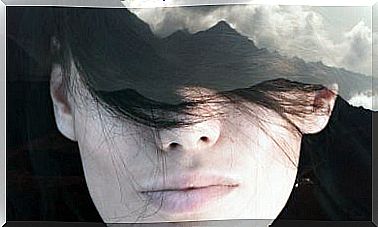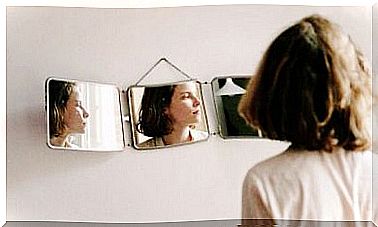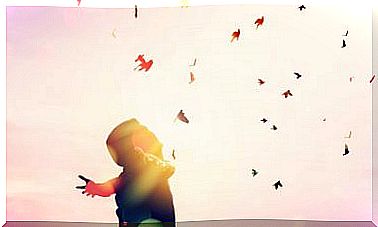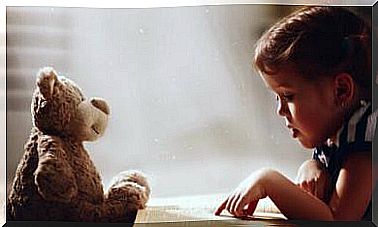A Fable About Love

If we started to count the songs, the poems, the novels, the movies, the paintings and all the other forms of expression that have referred to the love of a couple, we would never finish. It is a subject that seems endless, because a new way of understanding it, of saying it, always appears. From the candid manifestations of romanticism, to the controversial revelations of the Marquis de Sade or Anais Nin.
At present, the idea of love as “a lifeline” to hold on to has made a career, in times where everything sinks and everything is renewed as if nothing had happened. Couple love is the promised oasis, even if it becomes a battlefield.
It is also the reaffirmation of one’s own self, even if it means losing ourselves a little in that other self that we love. It is sometimes the occasion to unleash our cynicism or our sarcasm, in front of a life that we consider unhappy. Or our nihilism, if we believe that it is not worth believing.
What is enigmatic about a feeling that just a few centuries ago did not arouse anybody’s curiosity?
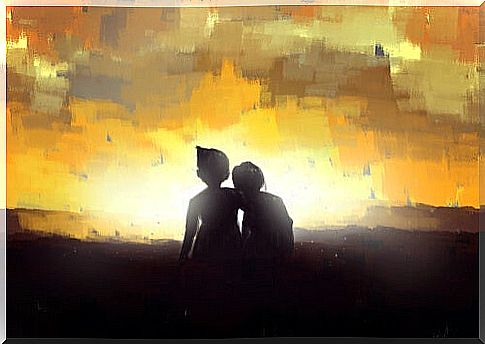
The legend of Charlemagne
If you ask me, my favorite story about love was made by Italo Calvino, in the form of a little legend and referring to the great warrior of all time. Says so:
“The Emperor Charlemagne fell in love, when he was old, with a German girl. The nobles of the court were very concerned that the sovereign, possessed of loving ardor and forgotten of the royal dignity, neglected the affairs of the Empire.
When the girl died suddenly, the dignitaries breathed a sigh of relief, but for a short time, because Charlemagne’s love had not died with her. The Emperor, who had had the embalmed corpse brought to his room, did not want to be separated from him. Archbishop Turpín, frightened by this macabre passion, suspected an enchantment and wanted to examine the corpse.
Hidden under the dead tongue he found a ring with a precious stone. As soon as the ring was in Turpin’s hands, Charlemagne hastened to bury the corpse and poured his love into the person of the archbishop. To escape the embarrassing situation, Turpin threw the ring into Lake Constance. Charlemagne fell in love with Lake Constance and never wanted to stray from its shores again ”.

Calvin’s intention to give a new reading to the ardors of love is evident . He doesn’t even name the lucky damsel who was initially the object of such passion. “A German girl,” he barely says. Then he is lost through the labyrinths of the absurd: a famous warrior who venerates a corpse and has it embalmed.
Finally, he gives us the greatest revelation: love is inscribed in the order of magic. And it has more to do with ourselves and with our internal demons, than with the object towards which we direct the feeling.
The coordinates of love
If you define yourself as romantic and are eternally nostalgic for love, it is likely that at this point you feel uncomfortable. Love is mostly true suffering, but “rich suffering” that no one wants to let go of.
Florentino Ariza, a character in the novel Love in the Times of Cholera , fiercely rejected anyone who wanted to protect him from the embers in which he wanted to consume more and more. Love moves in that logic and that is why it shakes the foundations of our life, when it appears as someone who does not want the thing …
If there is something valuable about this feeling, it is that it leaves us right on the edge of the abyss where we sometimes feel like falling. It allows us to look at the void face to face and reminds us that “if God gave us life only to take it away, instead he gave us love so that we can fulfill ourselves” (badly paraphrasing a poem by Juan Manuel Roca).
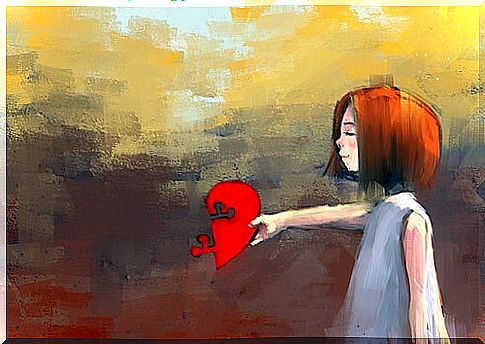
Where, then, is the legend that Italo Calvino designed with such mastery? Perhaps in the great paradox that inhabits us. In the infinite loneliness that each one of us carries as a mark and in the illusion of overcoming it, with which it is drawn.
In the truth of our destiny as individuals and in the promise never fulfilled to be one with another human being. Perhaps in the same enigmatic sentence with which Pablo Picasso elucidated the raison d’être of art: “ a lie that brings us closer to the truth ”.


